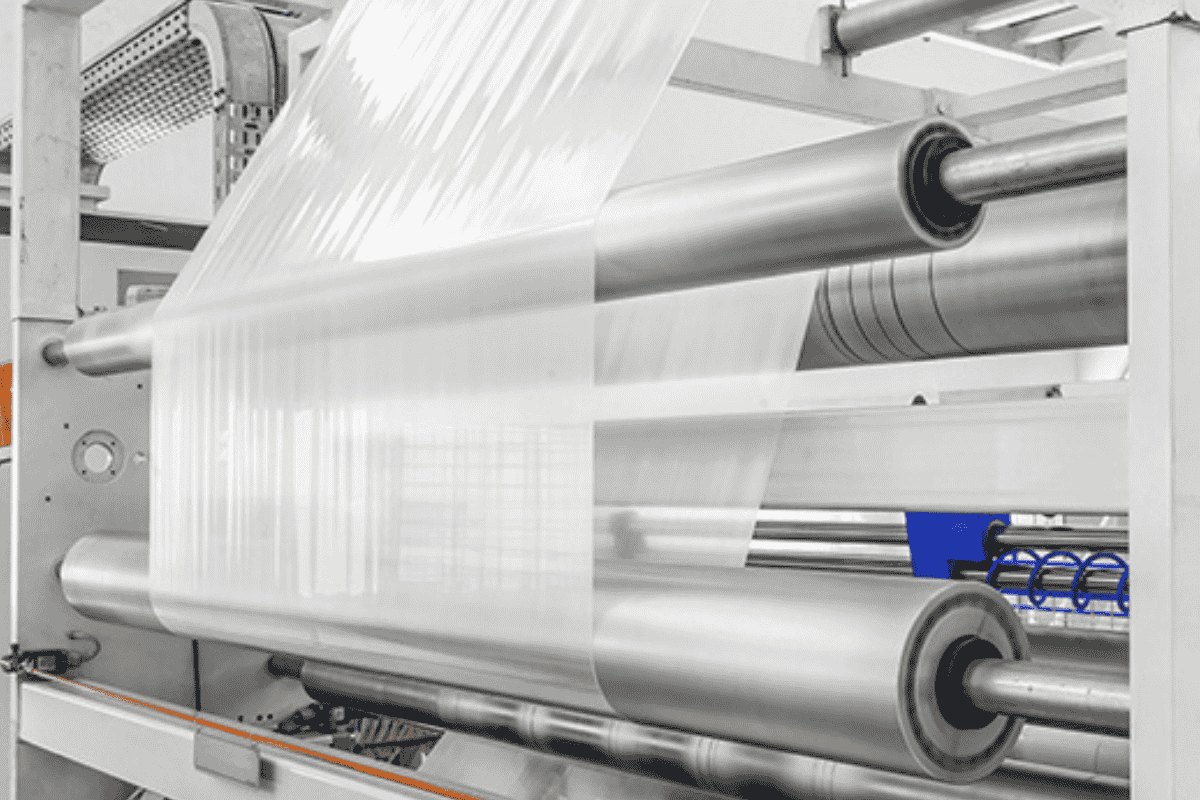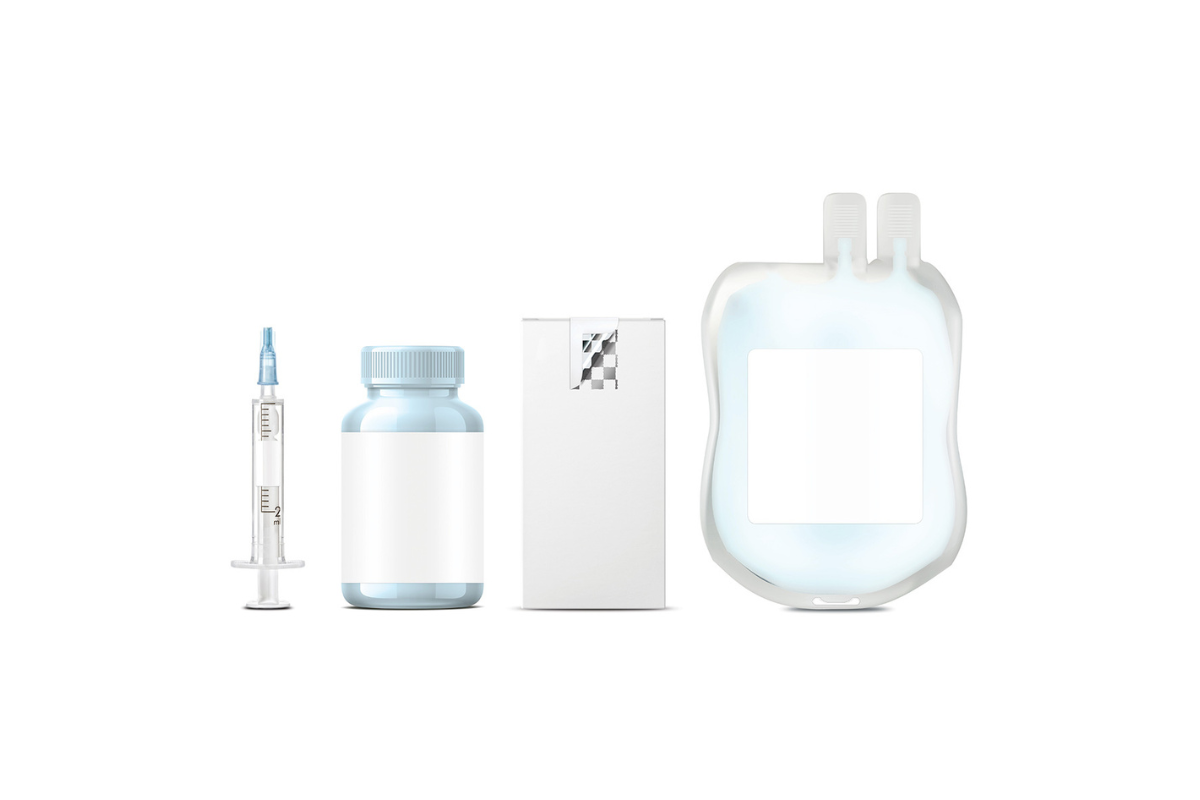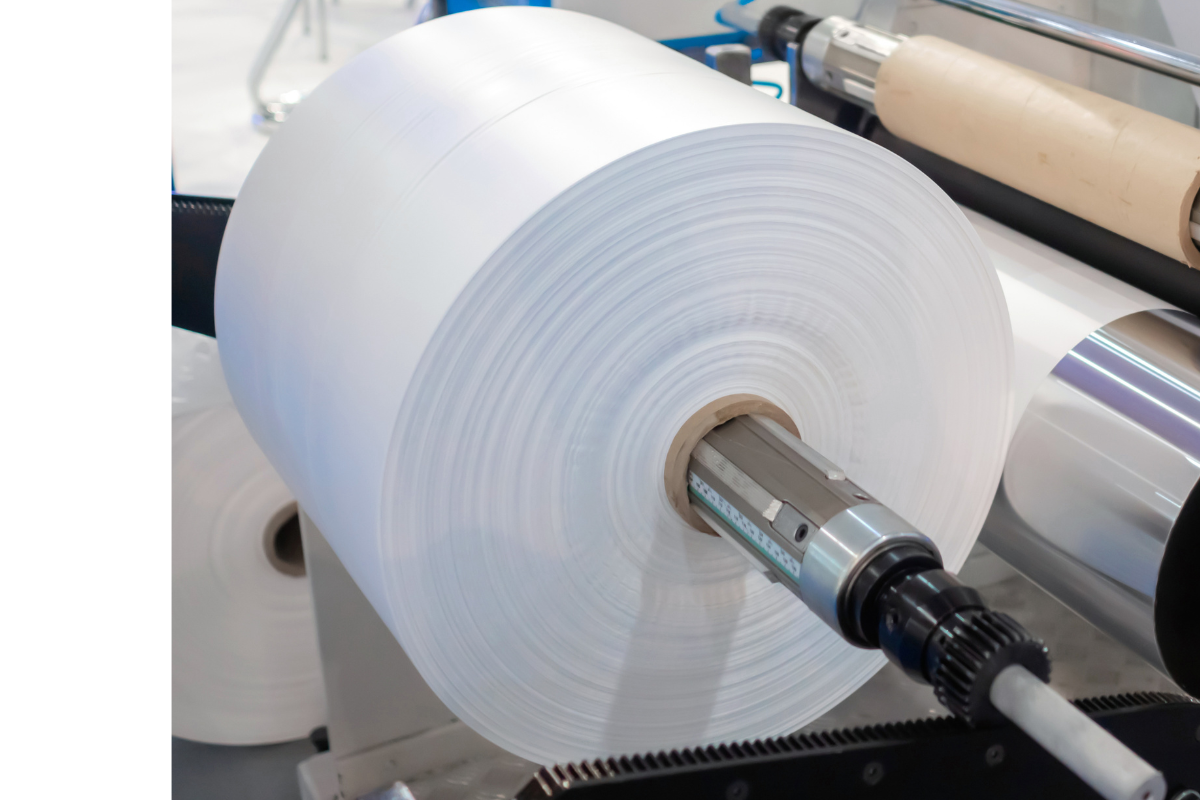Solutions for Diverse Industries and Markets
Looking for product information?
We are Flexcon
Unparalleled industry knowledge.
Through a purpose-led, collaborative approach, our solutions are designed to bond, protect, label, and enable the world’s most critical innovations.
Find out more0
years of innovation
0
+
products and solutions
0
+
percent waste diverted from landfills
0
locations worldwide
Careers
Grow with us
Explore new possibilities, build your skills, and grow at a company that supports your success.
Find the right role for you






